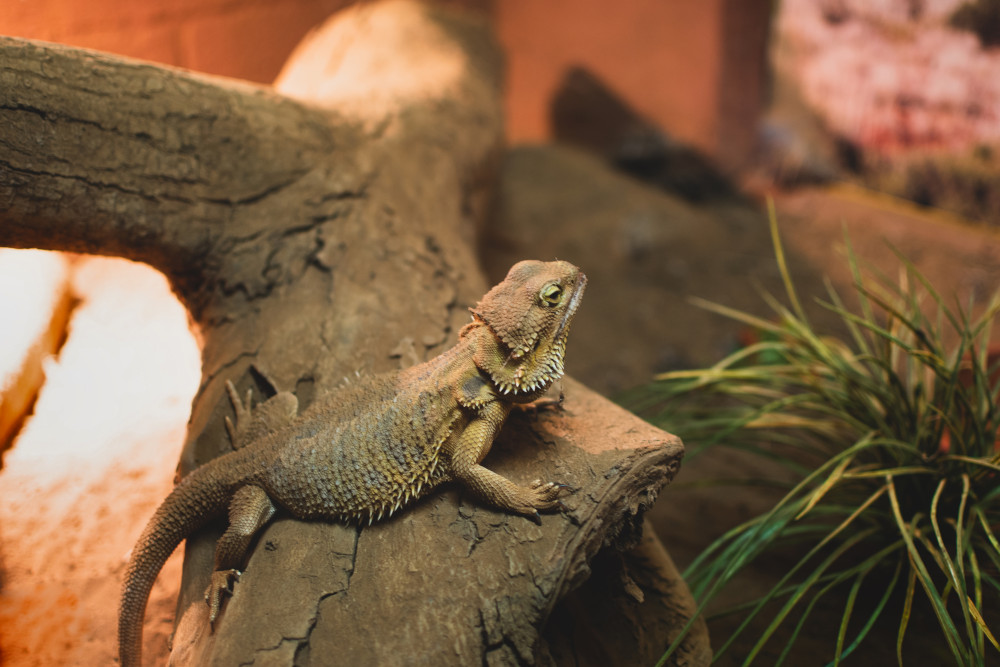Is this the right reptile for me?

So, you’ve decided that a reptile is the right animal for you. But which reptile? There are some species that are not suitable as pets (especially for beginners) and others that will not be ready to breed for years. Do these characteristics fit in with your plans? The key to knowing the answer is research.
Do your research first. Looking at this web page is a good start and means that you are on the right track. The reptiles that people usually start with as companion animals are pythons, dragons, skinks, and turtles. Other reptiles such as geckos, legless lizards, monitors, crocodiles, and venomous snakes require more knowledge and experience.
- The most popular Australian reptiles to keep are the blue-tongue lizard (Tiliqua scincoides), and the central bearded dragon (Pogona vitticeps). Both are interesting animals, often interact with people, and are comparatively easy to care for when compared with other reptiles. Geckos and monitors require more specialised care and should only be held by experienced reptile keepers.
- Freshwater turtles – the long-necks (Chelodina longicollis) and the short-necks (Emydura species) are also popular pets; however, a lot of time and effort needs to go in to water changing and filtration, among other things.
- The carpet pythons (Morelia spilota), the Anteresia pythons [the Children’s python (A. childreni), the spotted python (A. maculosa), the Stimson python (A. stimsoni)], and the Aspidites pythons [The black-headed python and the woma (Aspidites melancephala and A. ramsayii)] are the most common and popular pythons. Usually calm and sedentary, they can be comparatively easy to look after if your enclosures are well set up for them. Other pythons, such as the olive python (Liasis olivaceus) and the green tree python (Morelia viridis) require more specialised care and should only be held by experienced reptile keepers.
- Venomous reptiles and crocodiles are extremely dangerous and require highly experienced and well-trained keepers. They are not recommended for new reptile keepers.
Bibliography
Doneley B (2017) Taxonomy and Introduction to common species. In: Doneley B, Johnson R, Monks D, Carmel B (eds) Reptile medicine and surgery in clinical practice. Wiley-Blackwell, pp 1–14
RSPCA Australia believes that captive-bred wild animals should not be kept in a home environment or for companion purposes unless the species has been clearly identified as being suitable for this purpose. It is important that animals living in a home environment can live a good life. This means providing for their physical health and ensuring opportunities to fully express their individual interests and experience good welfare. Inadequate care and husbandry are reported to contribute to common and serious welfare compromises in many captive wild animals living in home environments. For more information see our policy.
The reality is, however, that captive-bred wild animals are kept in home environments despite sometimes not meeting these criteria (e.g., some reptile and bird species). Because of this, the RSPCA has produced these articles on the care and welfare of a variety of commonly kept captive-bred wild animals. The aim is to help people better understand their animals as individuals and provide them with care that keeps them healthy and provides opportunities for positive mental experiences as much as possible in captivity.
Wild animals must not be taken from the wild to be kept as companion animals (pets).
Was this article helpful?
This work is licensed under a Creative Commons Attribution-NonCommercial-NoDerivatives 4.0 International License.



